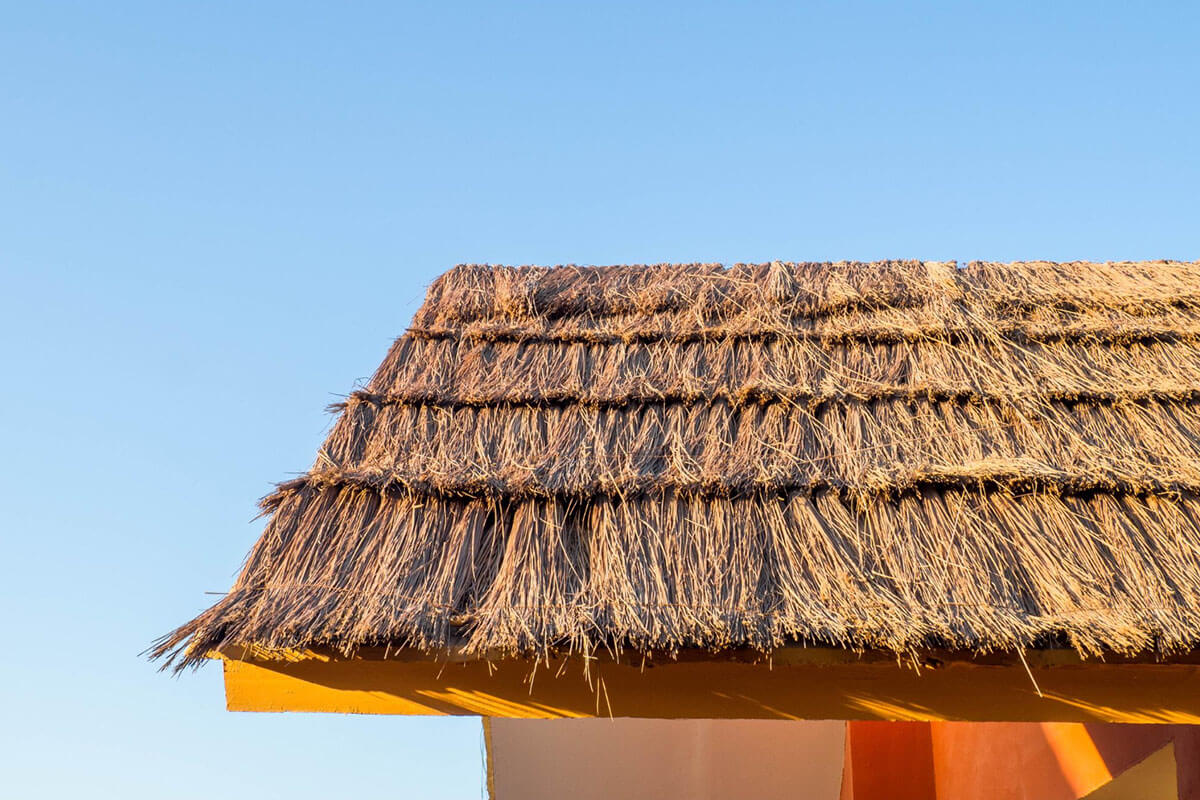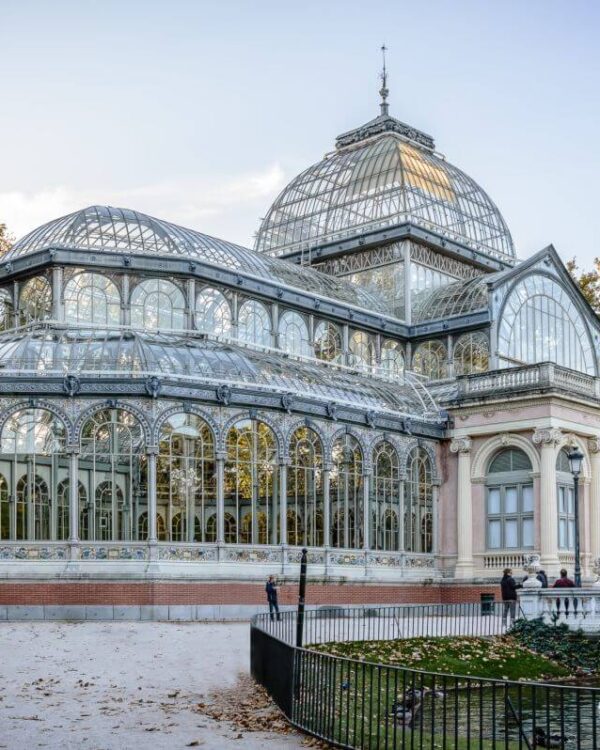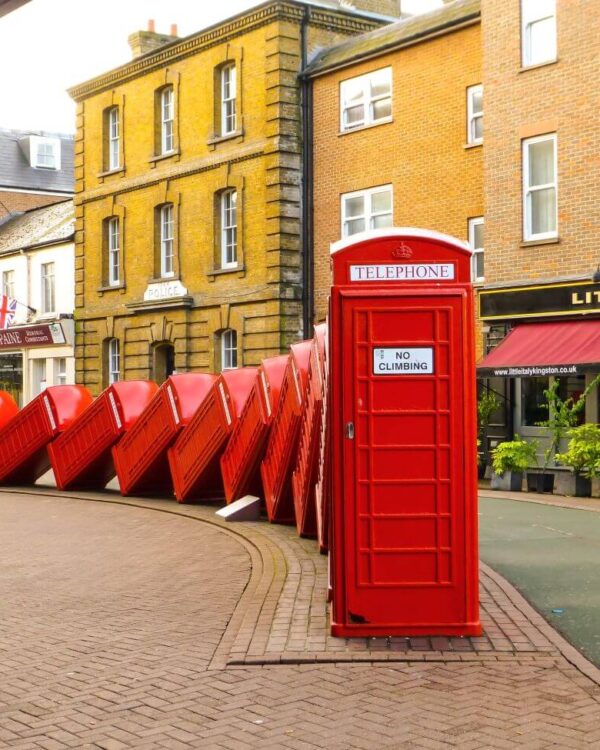Thatch roofing, often associated with quaint rural buildings, is gaining significant traction in contemporary architecture due to its visually appealing and eco-friendly qualities. If you’re considering opting for a thatch roof, here’s an in-depth look at the costs involved and the factors influencing them.
Understanding Thatch Roofing Costs
The cost of thatch roofing can vary widely, influenced by several key factors. Generally, the price per square meter ranges from 9.90 GBP to 19.80 GBP. However, labor costs add an additional 19.80 GBP to 29.70 GBP per square meter.
For example, a thatch roof covering 100 square meters could cost between 2.970 GBP to 4.950 GBP if you choose straw, or between 3.564 GBP to 4.950 GBP for reed. This variation underscores the importance of understanding the detailed pricing dynamics of thatch roofing.
Factors Affecting Thatch Roofing Prices
Several aspects contribute to the final cost of a thatch roof. Here are the most crucial ones to consider when budgeting:
- Material Type – Straw and reed are the primary materials used in thatch roofing. The prices of these materials can vary greatly depending on their quality, availability, and the region from which they are sourced. Generally, reed is more expensive than straw, but it also offers better durability and resistance to weather conditions.
- Roof Area – The larger the roof, the more material required, which naturally increases the total cost. Moreover, simpler roof designs are less expensive to cover with thatch compared to more complex shapes, which require additional labor and materials.
- Thatch Thickness – Standard thatch roofing is about 30-40 cm thick. Opting for a thicker layer may increase costs, but it also enhances the roof’s durability and thermal insulation. Investing in a thicker thatch can reduce future repair needs and improve energy efficiency within the home.
- Labor Costs – As reported by qualitythatching.co.uk, a reputable thatching company in the UK, labor costs are a significant component of the total price. Rates can vary based on the workers’ experience, location, and the company’s reputation. Thatching requires specialized skills, which can make it more expensive than laying traditional tiles. However, the craftsmanship involved ensures high quality and durability.
Why Choose a Thatch Roof?
Beyond the costs, it’s essential to consider the advantages of thatch roofing:
- Eco-friendly – Thatch is made from natural materials and supports sustainable construction practices.
- Excellent Thermal Insulation – Thatch roofs provide natural insulation. In summer, they keep interiors cool, and in winter, they help retain heat, reducing the need for heating and air conditioning.
- Aesthetic Appeal – Thatch gives buildings a unique, traditional appearance that blends beautifully with natural surroundings.
In conclusion, while the initial cost of a thatch roof can be high, the long-term benefits—environmental sustainability, energy savings, and aesthetic value—make it a worthwhile investment. Whether for a traditional cottage or a modern home, thatch roofing offers a distinctive, eco-friendly solution that stands out in both rural and urban landscapes.
Promotional material
Similar Posts:
- London Underground: All You Should Know About London Transportation
- The London Bus Guide: Everything You Need to Know About London Buses, Routes & London’s Greatest Public Transport Fares
- Wembley Stadium: a Complete Tourist Guide. Learn the History of the Stadium and Book a Tour
- A Guide to Airports in Paris: Charles de Gaulle Airport (CDG), Orly and Other Paris Airports You Can Fly To
- Things to Do in Wimbledon, London – Tennis, Park, and Beyond
- The Paris RER: The Regional Train Transport Network Around Paris
- Things to do in Lake Tahoe in Summer & Winter. A Guide to the Best Activities and Attractions in South Lake Tahoe
- Frigate HMS Belfast: Museum Ship HMS


